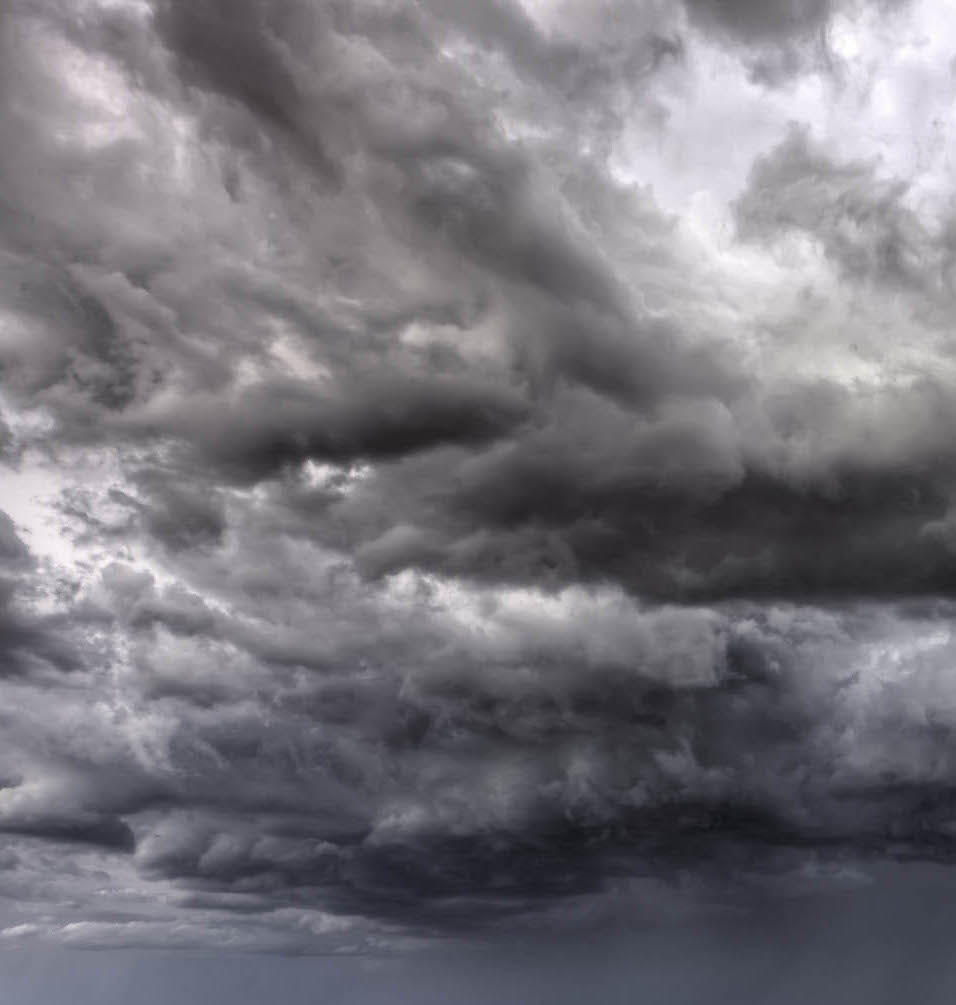AIR PRESSURE

Wind is air that moves because of pressure differences. Warm air expands, and because
of its lower pressure, rises. Colder, denser air of higher pressure moves in to take its
place. The force of the wind depends on the size of the difference between the high
pressure and low pressure systems.
Family systems theory describes two forces, or pressures, that are exerted upon
individuals within a system. There is a togetherness force that pushes individuals toward
each other. It is a pressure to conform, to be part of the group, to lay aside personal
principles in order to join. There is an individuality force that pushes individuals back
from one another, to express uniqueness, to be of one’s own mind, to determine one’s
own path. Succumb to the togetherness force and one loses one’s sense of self, personal
responsibility and sense of efficacy. Succumb to the individuality force and one can
become alienated, disengaged, and an outlier.
Instinctively one might presume that leadership would entail working to keep the
forces in equal balance. However, Friedman observed that the forces are not mutually
respectful. A low pressure system can lead to a hurricane. A high pressure system can
mean clear skies. The togetherness force is akin to a low pressure system, pulling others
in and rotating the system. Relationships fuse so that one person’s anxiety becomes the
system’s anxiety. One person’s reactivity becomes a shared reactivity. One person’s pain
becomes everyone’s pain. When the togetherness force is unchecked, one’s ability to take
a step back and objectively consider a situation is lost in the storm of emotional energy. It
will be a stormy system. Whereas the togetherness force will try to overwhelm the
individual, the individuality force is more likely to simply respect the value of
community. Individuals who are well-differentiated can come together without losing a
sense of self, without adopting the anxiety or reactivity of others as their own, and
without needing others to validate them.
The task of the leader is to understand which way the wind is blowing. A leader
who needs to be seen as successful to feel validated, who needs to be liked to feel loved,
who needs there to be peace at any cost, will be pulled in by the togetherness force. The
force can create its own storm, or counter-intuitively, see a leader withdraw completely in
a reactive ‘not my problem’ posture. A leader who is emotionally mature, self-defined
and well-differentiated will have a capacity to both join, yet remain distinct, to connect,
yet keep issues discrete. A leader who can determine the way the wind is blowing will be
able to help a system set the sail, and hold the rudder to move the organization to calm.